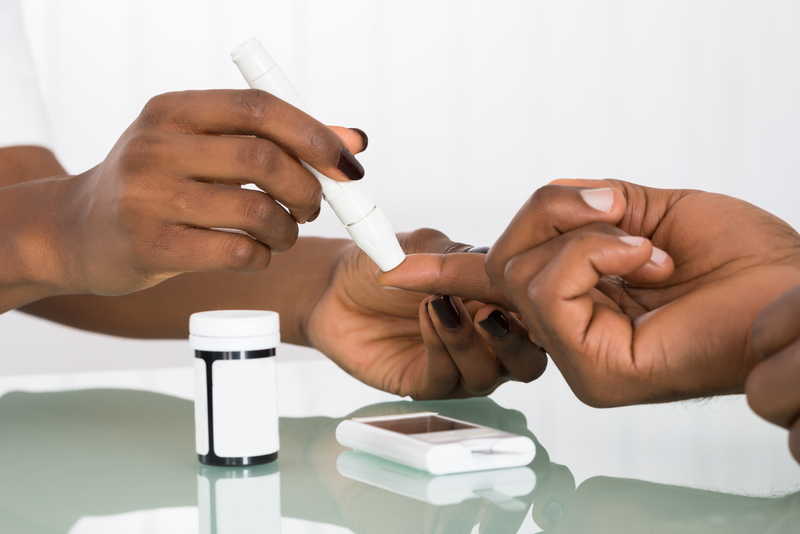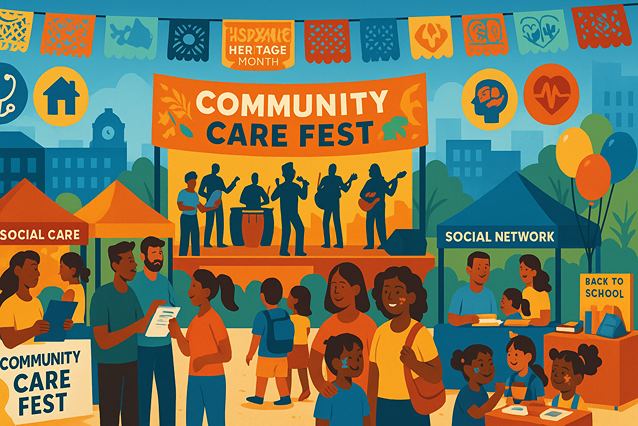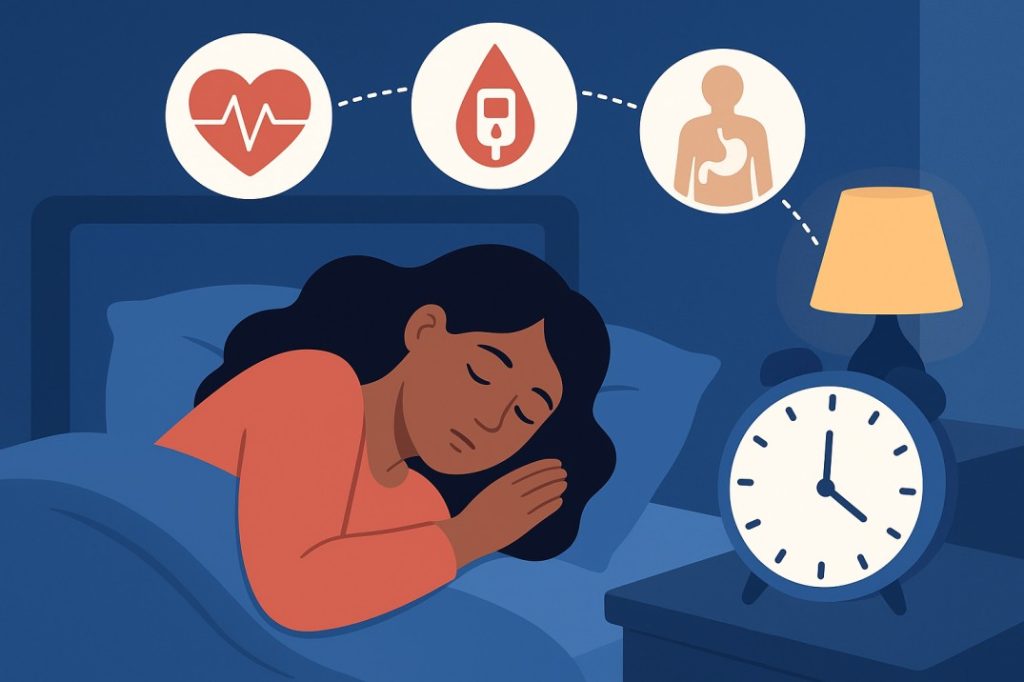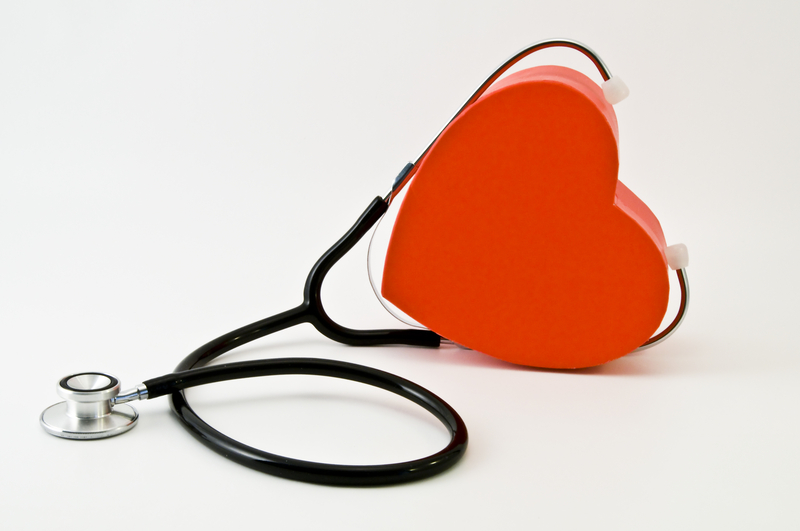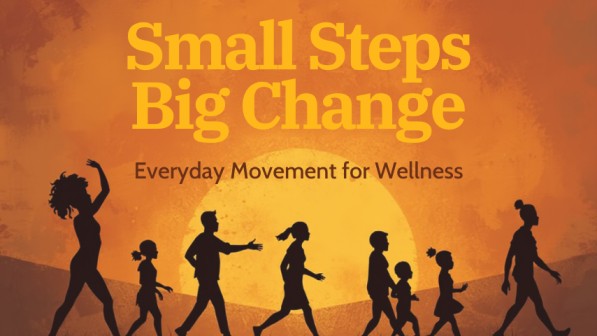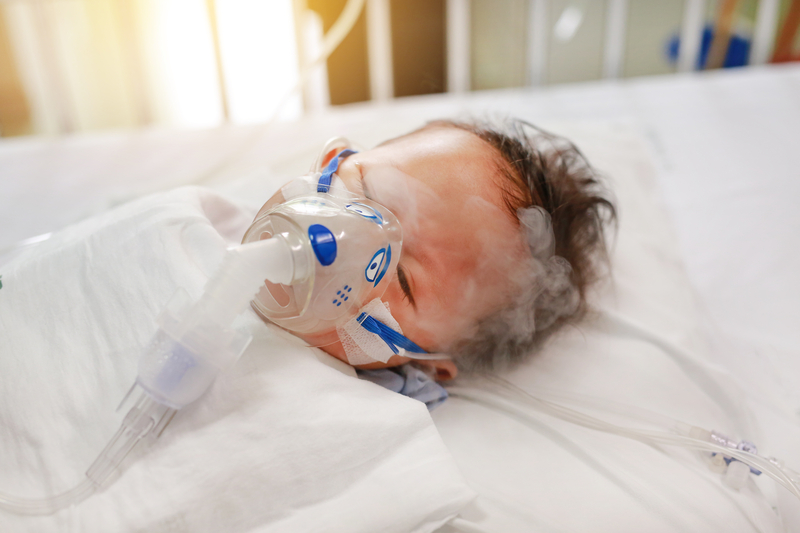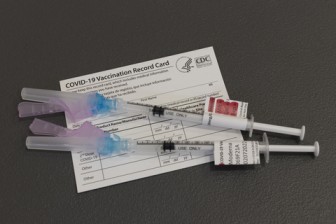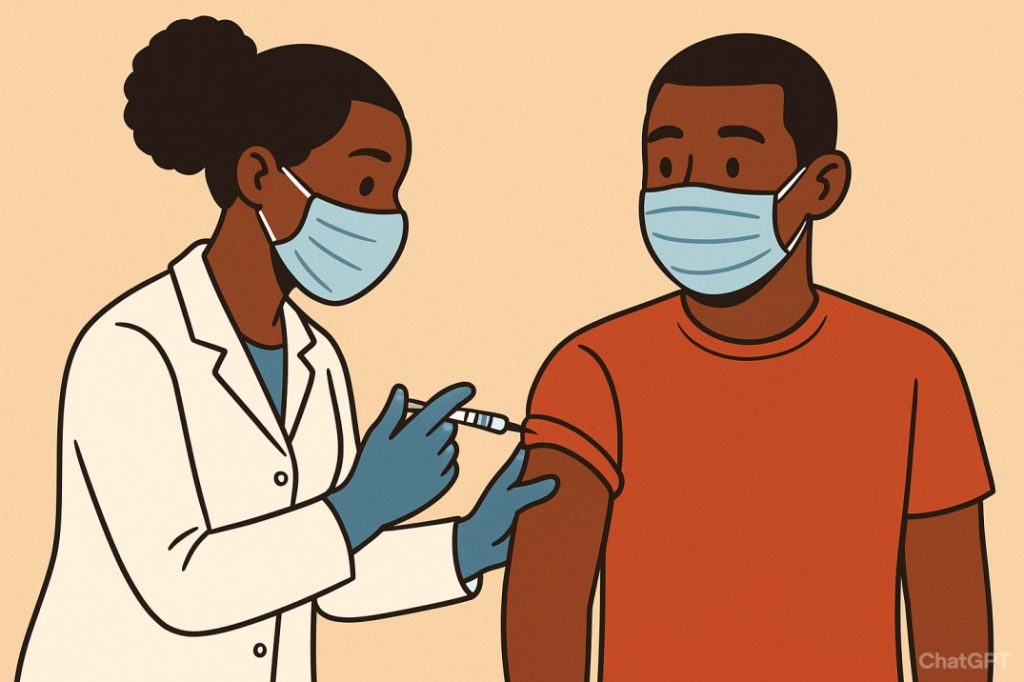- By Jessica Wilson
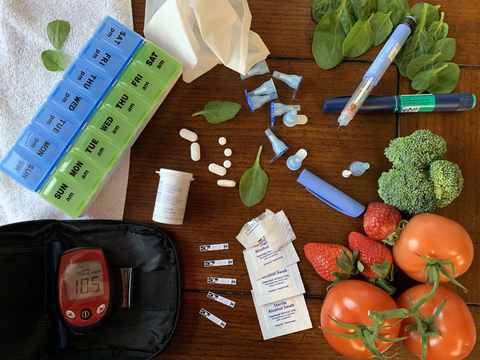
November is American Diabetes Month, a time dedicated to raising awareness about diabetes prevention, management, and the many ways the condition affects daily life. One of the lesser-discussed—but incredibly important—areas of diabetes management is skin health.
Skin complications are often an early sign of diabetes, and with proper care, many issues can be prevented or managed effectively.
Diabetes can affect the skin in several interconnected ways. High blood sugar levels cause the body to lose fluid, which often leads to dry, cracked, or itchy skin, while also weakening the skin’s ability to fight bacteria and heal wounds. Poor circulation—especially in the legs and feet—reduces blood flow and results in delayed healing, thinner skin, and a greater risk of infection. Nerve damage (neuropathy) further complicates this by reducing sensation, meaning cuts, blisters, or sores may go unnoticed and worsen over time. Additionally, a weakened immune response makes people with diabetes more vulnerable to bacterial and fungal infections, as well as skin conditions specifically associated with diabetes.
Common Skin Conditions Linked to Diabetes
1. Dry Skin & Itching
Dryness commonly affects the legs, arms, and elbows. Scratching can lead to breaks in the skin and infections.
2. Diabetic Dermopathy (“Shin Spots”)
Light brown or reddish patches on the shins. These are harmless but reflect underlying vascular changes.
3. Fungal Infections
Conditions like athlete’s foot, jock itch, ringworm, and yeast infections occur more often due to high glucose levels.
4. Bacterial Infections
Styes, boils, and infected hair follicles can develop more frequently and may be more severe.
5. Necrobiosis Lipidic
A more rare condition causing raised, shiny, yellowish-red patches, often on the legs. It requires medical care.
6. Slow-Healing Wounds
Small cuts or blisters can progress to ulcers—especially on the feet.
Essential Skin Care Tips for People With Diabetes
Proper skin care is essential for people with diabetes, and a few daily habits can make a significant difference. Start by keeping the skin moisturized with fragrance-free lotions or creams after bathing, focusing on areas like the elbows, hands, and legs, but avoid applying lotion between the toes to prevent fungal growth. Inspect your skin every day for cuts, redness, blisters, or sores—especially on the feet—and practice gentle cleansing using warm (not hot) water and mild soap to preserve natural oils. Staying hydrated supports skin moisture from within, while protecting your feet with comfortable shoes, clean cotton socks, and avoiding walking barefoot helps prevent injuries. Maintaining healthy blood sugar levels is crucial, as it reduces the risk of many skin complications. Treat any wounds immediately by gently washing them, applying antibiotic ointment if needed, and covering them with a bandage; seek medical attention if they do not improve. During colder months, using a humidifier can also help prevent dryness and skin cracking.
When to Seek Medical Attention
Contact a healthcare provider if you notice:
- Wounds that don’t heal
- Persistent rashes or unexplained skin changes
- Signs of infection: redness, warmth, swelling, or pus
- Pain, numbness, or tingling in the feet
Early intervention can prevent serious complications.
Diabetes and skin health are deeply connected—but with awareness and daily care, most skin problems are preventable. This American Diabetes Month, take time to understand how diabetes affects the body as a whole. Protecting your skin isn’t just about comfort—it’s an essential part of staying healthy with diabetes.
Trending Topics
Features
- Drive Toolkit
Download and distribute powerful vaccination QI resources for your community.
- Health Champions
Sign up now to support health equity and sustainable health outcomes in your community.
- Cancer Early Detection
MCED tests use a simple blood draw to screen for many kinds of cancer at once.
- PR
FYHN is a bridge connecting health information providers to BIPOC communities in a trusted environment.
- Medicare
Discover an honest look at our Medicare system.
- Alliance for Representative Clinical Trials
ARC was launched to create a network of community clinicians to diversify and bring clinical trials to communities of color and other communities that have been underrepresented.
- Reducing Patient Risk
The single most important purpose of our healthcare system is to reduce patient risk for an acute event.
- Jessica Wilson
- Victor Mejia
- Jessica Wilson



